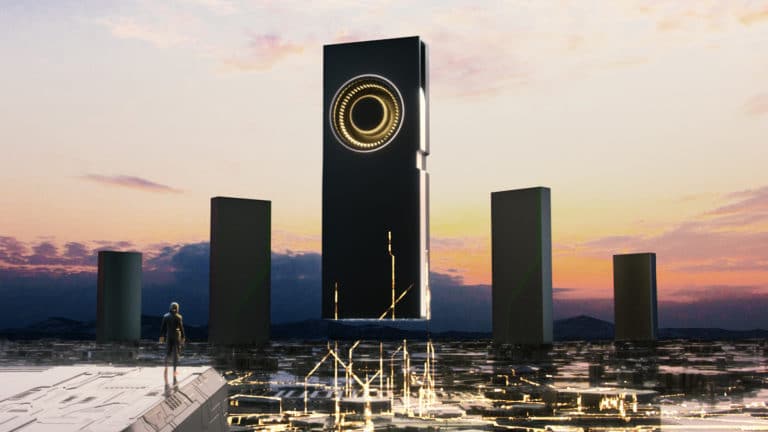Nvidia has announced several workstation GPUs based on the new Ampere architecture. The chip developer is also coming up with a new AI that can carry out real-time conversations.
The new graphics cards consist of two cards for desktop computers, four for mobile workstations and two for data centres. The desktop cards are the RTX A5000 and the RTX A4000. The A5000 is based on the GA102 GPU and features 24GB of GDDR6 memory. The A4000 has a single-slot form factor, making it the fastest video card of that size, according to Nvidia. It is equipped with a GA104 GPU and 16GB of GDDR6 memory.
For laptops, Nvidia has released four Ampere GPUs. The mobile versions of the RTX A2000, RTX A3000, RTX A4000 and RTX A5000 are all based on the GA104 GPU, although there are differences in the number of activated CUDA cores and RT cores. The chips are paired with 4, 6, 8 and 16 GB of GDDR6 memory, respectively. A complete overview of the specifications can be found in a table on Nvidia’s website.
Two new GPUs for data centres have also been announced: the A10 and the A16. Nvidia claims that the A10 offers up to 2.5 times the performance in virtual workstations compared to its predecessor. The A16 should facilitate twice the user density and offer a lower TCO than the previous generation.
Jarvis
Nvidia has also announced Jarvis, an AI that can recognise and understand speech. Jarvis can be used for virtual assistants, for example, and help distinguish between multiple speakers in a conversation. The AI can also be of service in call centres. Nvidia claims Jarvis can respond to user input within 300ms, which should make it feel like a real-time conversation. The AI can run on Nvidia hardware in both cloud and edge environments.
New data centre processor
Nvidia has also announced its first server processor, called Grace. This is an Arm processor that should excel in AI and HPC workloads. You can read more details about it here:
Tip: Nvidia announces its first data centre CPU, excels in AI and HPC
